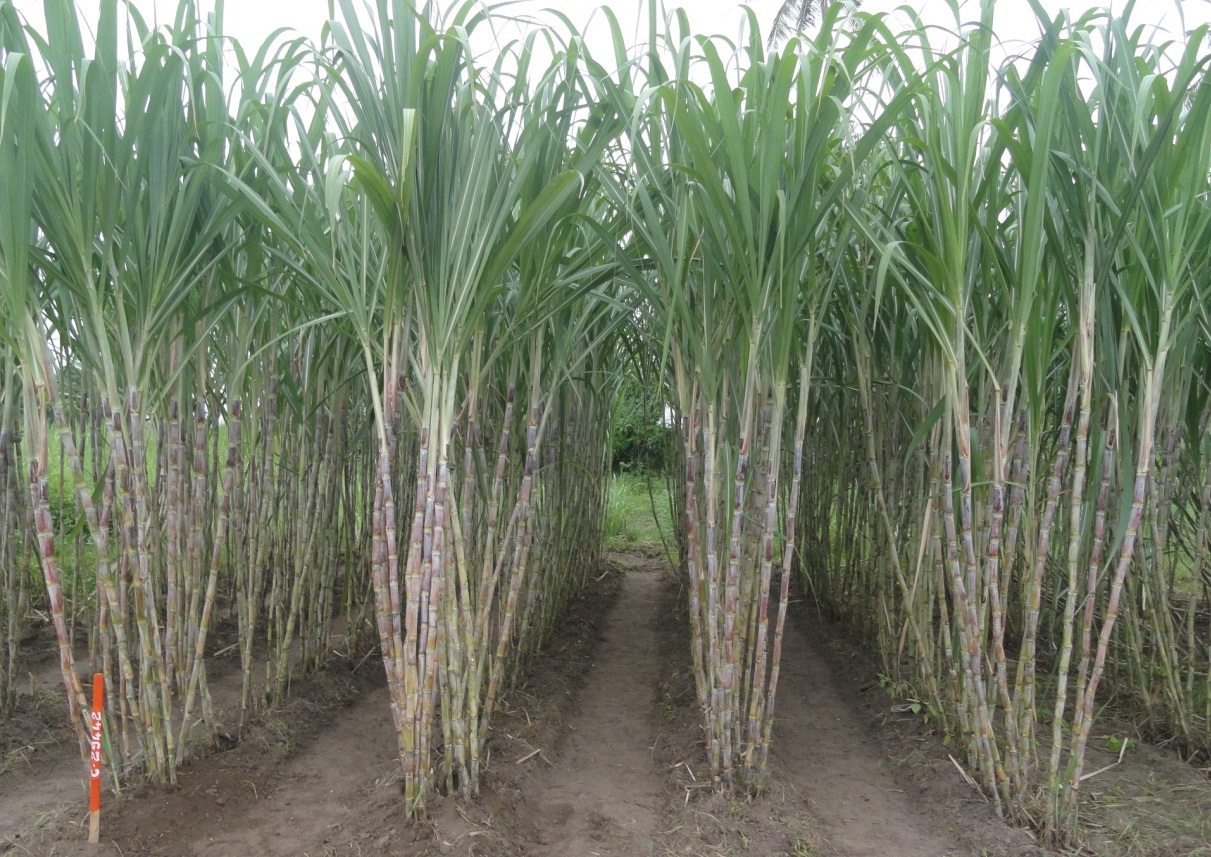About the Centre
The Sugarcane Research Station under Tamil Nadu
Agricultural University, Coimbatore was first started during 1955 at
Palur, South Arcot district, Tamil Nadu and later shifted and
established at Cuddalore in 1957. This station is the lead centre
for sugarcane research in Tamil Nadu. The Research Station is
situated within the municipal limits at Cuddalore, head quarters of
Cuddalore district, at Semmandalam, 1.5 km away from Cuddalore Bus
stand and Railway Junction, on Cuddalore – Panruti road. It has a
cultivable extent of 32.59 hectares and located at latitude 11o46’N
and longitude 79o46’E. The altitude is 4.6m MSL. The soil type is
clayey loam with pH of 7.2 and irrigated by bore wells. The annual
mean rainfall is 1210 mm.
The climate of this location is warm and humid. The
summer season in Cuddalore was hot and it starts during the month of
April and lasts till June. The temperature ranges between 23oC -
40oC during these months. Winter season starts in December with the
temperature ranges between 12oC - 30oC and it last till January.
This is the best season to visit Cuddalore. The climate is ideal for
cultivation of sugarcane. Irrigation was done purely by bore well.
Contact Details:-
 |
Dr. M. Jayachandran
Professor (Agronomy) and Head
Mob: 9443422461
jayachandrancem@gmail.com
|
|
 |
Dr. M. Shanmuganathan
Assistant Professor
(Plant Breeding and Genetics)
Mob: 9443758903
shanagri@gmail.com
|
|
 |
Dr. V. Ravichandran
Assistant Professor (Plant Pathology)
Mob: 9443084058
ravichandranpath@gmail.com
|
|
Impact on Improved Varieties
-
Sugarcane mid-late clone CoC 13339 was identified for Central release to East Coast Zone during 2018. It was derived from the General collection of Co 86032. It gives an average cane yield of 117.97 t/ha, sugar yield of 15.32 t/ha, Pol % cane of 14.48 and juice sucrose % of 18.21 at 360 days. It is a high yielding, moderately resistant to red rot and suitable for cultivation in East Coast Zone comprising parts of Tamil Nadu, Andhra Pradesh and Orissa. It has the ideal plant characters of tall (255 cm), erect, thick canes, high tillering and easy detrashing ability.

- The early maturing sugarcane clone CoC 11336 was released as CoC
25 for commercial cultivation in Tamil Nadu during 2017. This
variety, CoC 25 is a progeny of Co 85002 and HR 83-144. This clone
is characterized by its thickness, tall, erect and it is a good
ratooner. It is a quick growing cane with cylindrical internodes and
round shaped medium sized buds. It matures in 300-330 days. It is
moderately resistant to red rot disease and less susceptible to
shoot borers.
- Sugarcane clone CoC 08336 was identified for Central release to
East Coast Zone during 2014. It was derived from the General
collection of C 81129. It gives an average cane yield of 125.52 t/ha
and CCS of 13.12 t/ha. The clone has excellent agronomic
characteristics of high tillering, tall, thick canes, easy to
detrashing and leaf sheath is non spiny. The clone is moderately
resistant to red rot disease.
- An early maturing vareity CoC (Sc) 24 was released for Tamil
Nadu state during 2009. This variety is the progeny of Co 8371 and
MS 68/47 and suitable for early season. It has recorded an average
cane yield of 133.40 t/ha. This variety is saline tolerant. Besides
high cane yield and rich sugar content, due to its erect and
non-lodging characters, this cane is highly suitable for paired row
planting and drip irrigation systems and amenable for mechanical
harvesting.
- CoC (Sc) 23 (CoC 01 061) is derived from the general cross of
the pistil parent 69 A 591 and it was suitable for early season. It
has registered cane yield of 131.8 t/ha with a CCS of 13.1 per cent.
This variety was also released by the Central Varietal Release
Committee for the East Coast Zone in the name of CoC 01 061, and
also used as national standard for ZVT (early) on sugarcane in East
Coast Zone. It is a medium thick, tall growing, erect and
non-lodging high sugar variety. It is resistant to sugarcane wooly
aphid and drought.
- CoC 671 (Q 63 x Co 775) is an early maturing wonder vareity was
released from this station, during 1976. It was thick cane with
characteristic pink colour good looking cane. It is suitable for
jaggery making. It is highly susceptible to red rot disease and it
is grown in red rot free zone. It gives an average cane yield of
125.5 t/ha with a sugar yield of 16.57 t/ha and CCS of 13.2%.
Production / protection technology
- The application of NPK + S + Zn + Fe + Mn through inorganic
fertilizers significantly registered maximum sugarcane yield
parameters viz., cane length, cane breath, individual cane weight,
millable cane population and cane yield (156.9 t/ha) which was 20.50
% increased over the non adoption of the above crop management
technique.
- The application of recommended dose of nitrogen through farm
yard manure incombination with the intercropping of blackgram +
trash mulching in alternate rows + application of bio-fertilizers
and the pest control strategies through the adoption of chemical
mode significantly resulted with maximum population of millable
canes, individual cane weight, cane yield and sugar yield.
- Adoption of recommend two budded setts with the buds rate of
1,50,000 ha-1 (75,000 two budded setts) along with the sett
treatment in carbendazim @ 0.1 per cent + gibberellic acid @ 100 ppm
for 15 min registered the maximum values of yield attributes, cane
and sugar yield.
- The pre-emergence application of Atrazine @2.0 kg a.i/ha + 2,4-D
@1.0 kg a.i/ha on 75 DAP significantly registered higher values of
yield components, cane and sugar yield and it was comparable with
pre-emergence application metribuzine @ 1.25 kg a.i. ha-1 + 2,4-D
@1.0 kg a.i/ha on 75 DAP.




